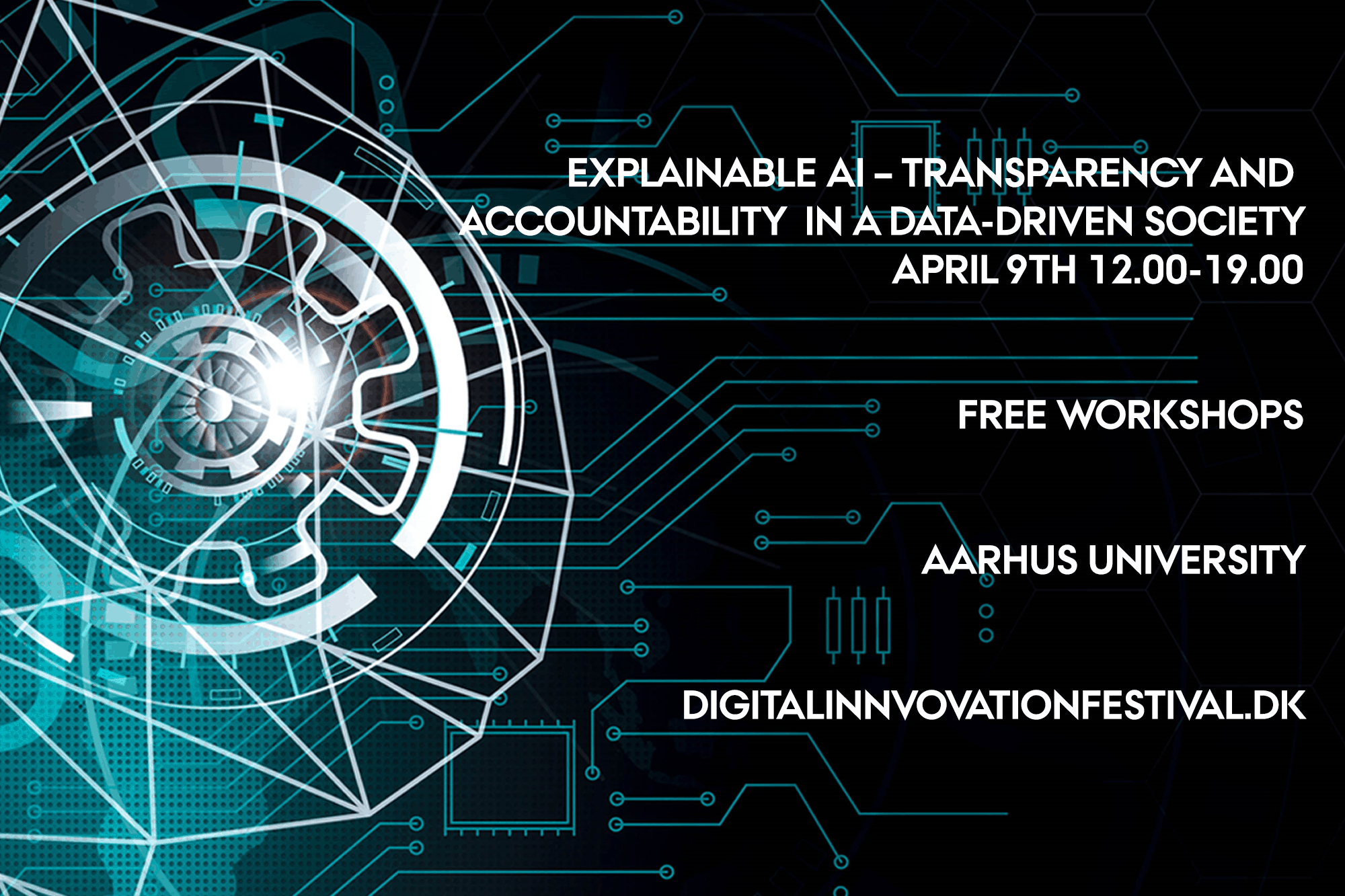Building Trust in AI: A Delicate Balancing Act between Transparency and Accountability

In the rapidly evolving world of artificial intelligence (AI), trust stands as a pivotal pillar for the responsible and ethical adoption of these transformative technologies. Transparency and accountability, two intertwined concepts, play a crucial role in building and maintaining this crucial trust.

Transparency: Laying the Foundation of Trust

Transparency is the cornerstone of building trust in AI systems. It involves providing clear and accessible information about how these systems work, their decision-making processes, and the data they rely on. By shedding light on their inner workings, AI systems become less like enigmatic black boxes and more like comprehensible tools that can be scrutinized and evaluated.
Transparent AI systems foster understanding and trust among their users and stakeholders. When people have a clear picture of how an AI system arrives at its conclusions, they are more likely to accept and act upon its recommendations. Additionally, transparency aids in identifying potential biases or errors within the system, enabling timely corrective actions to mitigate their impact.
Accountability: Ensuring Responsibility and Consequences
Accountability, the natural counterpart to transparency, ensures that AI systems and their creators are held responsible for the outcomes they produce. It involves establishing clear lines of accountability, outlining who is responsible for the design, development, and deployment of AI systems, as well as their consequences.
A well-defined accountability framework assigns responsibility for the actions and decisions made by AI systems. This framework ensures that appropriate measures are taken to address potential risks and harms, preventing AI systems from becoming autonomous entities operating beyond human control.
Striking the Right Balance: Transparency and Accountability in Harmony
Transparency and accountability stand as two inseparable pillars in building trust in AI systems. Both are essential for ensuring that these systems are deployed responsibly, ethically, and in alignment with human values. However, striking the right balance between transparency and accountability can be a delicate task.
Excessive transparency may lead to the exposure of sensitive information or trade secrets, hindering innovation and impeding the development of AI technologies. On the other hand, inadequate accountability mechanisms may lead to a lack of responsibility and oversight, potentially resulting in harms or unintended consequences.
Therefore, finding the optimal balance between transparency and accountability requires careful consideration of the specific context and application of AI technologies. This delicate balancing act involves tailoring transparency and accountability mechanisms to the unique characteristics and risks associated with each AI system deployment.
Conclusion: The Path to Trustworthy AI
Building trust in AI is a continuous journey that requires ongoing efforts to ensure transparency and accountability. By striking a harmonious balance between these two pillars, we can foster a world where AI systems are not merely powerful tools but trusted companions aiding humanity in addressing complex challenges and creating a better future.# Building Trust In AI: Transparency And Accountability
Executive Summary
Artificial intelligence (AI) has the potential to revolutionize many aspects of our lives. However, for AI to be widely adopted, people need to trust it. This trust can be built through transparency and accountability.
Introduction
In recent years, AI technology has made significant strides. From self-driving cars to facial recognition software, AI systems are becoming increasingly prevalent and sophisticated. AI systems aspire to perform human intellectual tasks, like visual perception, speech recognition, decision-making, problem-solving, motion, and other diverse forms of intelligence. Given the pervasive role that AI technology is poised to play in our lives, it is crucial to establish trust in AI systems.
Transparency
Transparency is essential for building trust in AI. People need to know how AI systems work, what data they use, and how they make decisions. This information can help people understand the limitations of AI systems and make informed decisions about when and how to use them.
Transparency Can Be Enhanced By:
-
Providing Clear Explanations: AI systems should present rationales for their responses. This could include explanations of the steps taken to arrive at a decision, the data used in the decision-making process, and the level of confidence in the outcome.
-
Disclosing Data Sources: Transparency regarding where and how AI models obtain their data is critical. Identifying data sources helps users comprehend the system’s limitations, biases, or potential gaps in understanding.
-
Regularly Updating and Communicating System Changes: Transparency involves promptly disclosing any modifications or improvements to AI systems. This ensures users can remain informed and adapt to evolving capabilities, limitations, and potential implications.
-
Promoting Open Research and Development: Encouraging open research and development initiatives in the field of AI can foster transparency and accountability. This includes sharing research findings, datasets, and algorithms, as well as actively seeking community feedback and input.
-
Establishing Industry Standards: Collaboration among stakeholders in the AI industry can lead to the development of shared standards for transparency and accountability. These standards can help ensure consistency and comparability across different AI systems.
Accountability
Accountability is also essential for building trust in AI. People need to know who is responsible for the actions of AI systems. This responsibility can be assigned to individuals, organizations, or both.
Accountability Can Be Ensured By:
-
Establishing Clear Lines of Responsibility: Assigning clear roles and responsibilities for the development, deployment, and monitoring of AI systems is crucial. This includes identifying individuals or entities who can be held accountable for the system’s actions, decisions, and outcomes.
-
Developing Ethical Guidelines: Ethical guidelines for the development, deployment, and use of AI systems help guide decision-making and establish boundaries. These guidelines should address issues such as fairness, bias, privacy, and safety.
-
Implementing Robust Testing and Validation Processes: Rigorous testing and validation processes can help identify potential issues, biases, or vulnerabilities in AI systems before they are deployed. These processes should involve diverse stakeholder groups to ensure a comprehensive evaluation.
-
Providing Mechanisms for Redress: Establishing mechanisms through which individuals or organizations can seek remedies or recourse in cases of harm caused by AI systems is essential. This could include legal, regulatory, or alternative dispute resolution mechanisms.
-
Encouraging Responsible Leadership: Leadership within organizations developing and deploying AI systems plays a vital role in promoting accountability. Responsible leaders can set a tone of transparency, ethics, and accountability, driving a culture of responsible AI innovation and adoption.
Conclusion
Transparency and accountability are essential for building trust in AI. By providing clear explanations, disclosing data sources, promoting open research and development, establishing industry standards, and assigning clear lines of responsibility, stakeholders can foster trust and confidence in AI systems. As AI technology continues to advance, ongoing efforts to enhance transparency and accountability will be crucial to ensure its responsible and ethical adoption.
Keyword Phrase Tags
- AI transparency
- AI accountability
- Trust in AI
- Ethical AI
- Responsible AI

This article raises some important questions about the future of AI. As AI becomes more sophisticated, it’s important to make sure that we are able to trust it. Transparency and accountability are key to building that trust.
I’m not so sure that we can ever truly trust AI. Machines are not like humans. They don’t have the same emotions or values. I’m afraid that AI could be used for malicious purposes.
The article does a good job of explaining the importance of transparency and accountability in AI. However, it doesn’t go into enough detail about how to achieve these goals. I would like to see more specific recommendations.
I disagree with the author’s assertion that transparency and accountability are the most important factors in building trust in AI. I believe that safety and reliability are more important.
Of course AI can be trusted. It’s not like they have any malicious intent or the ability to learn from their mistakes.
Transparency and accountability in AI? That’s like asking for honesty from a politician.
I’m not worried about AI taking over the world. I’m more worried about them taking over my job.
I think the article makes some valid points. However, I’m not sure that I agree with all of the author’s conclusions.
The article raises some important ethical questions about the development and use of AI. I’m glad that people are starting to think about these issues.
I’m excited about the potential of AI to make the world a better place. I think that if we can develop AI in a responsible way, it has the potential to solve some of the world’s most pressing problems.